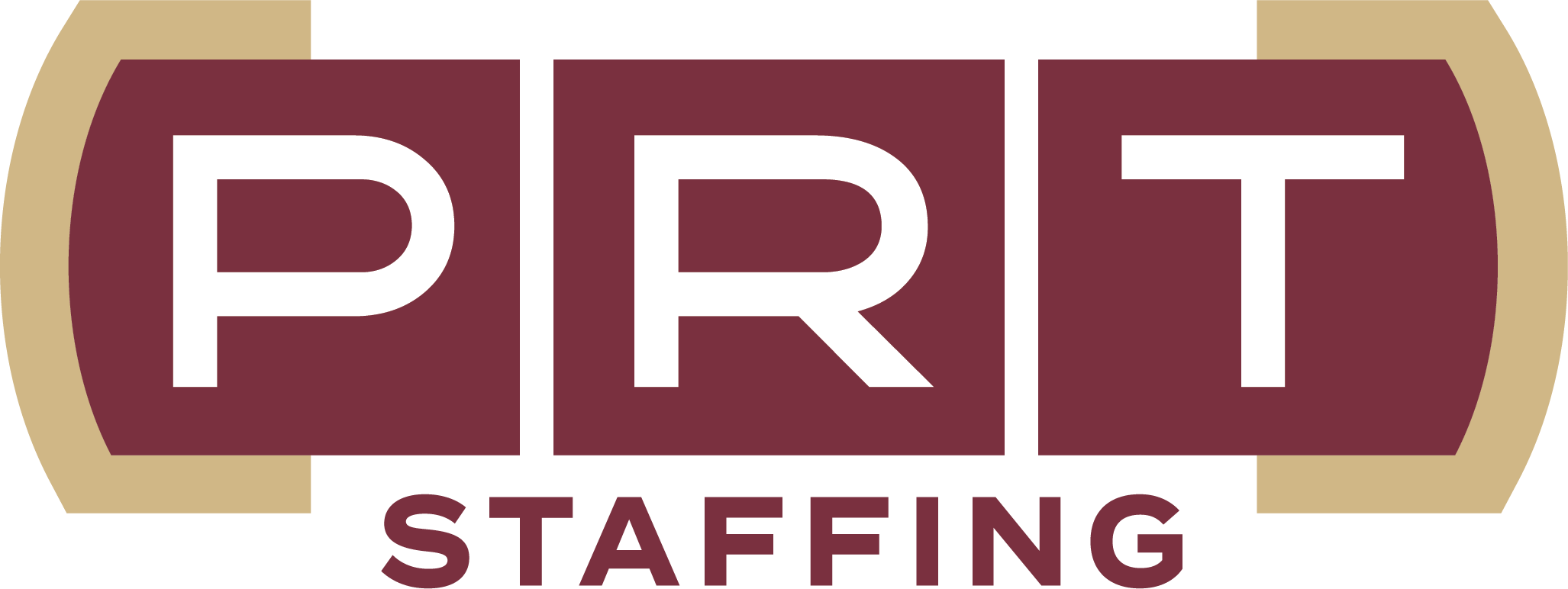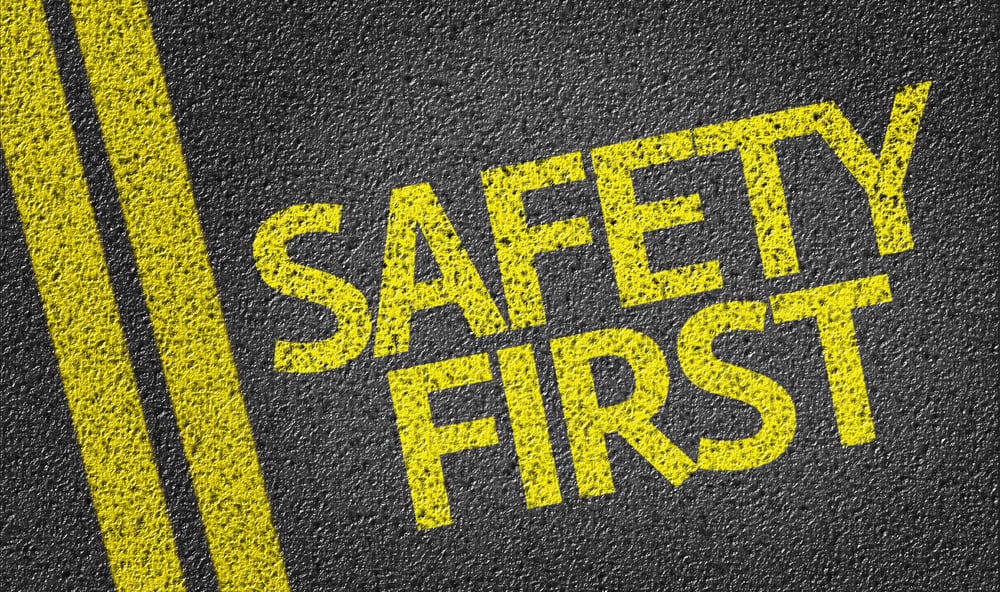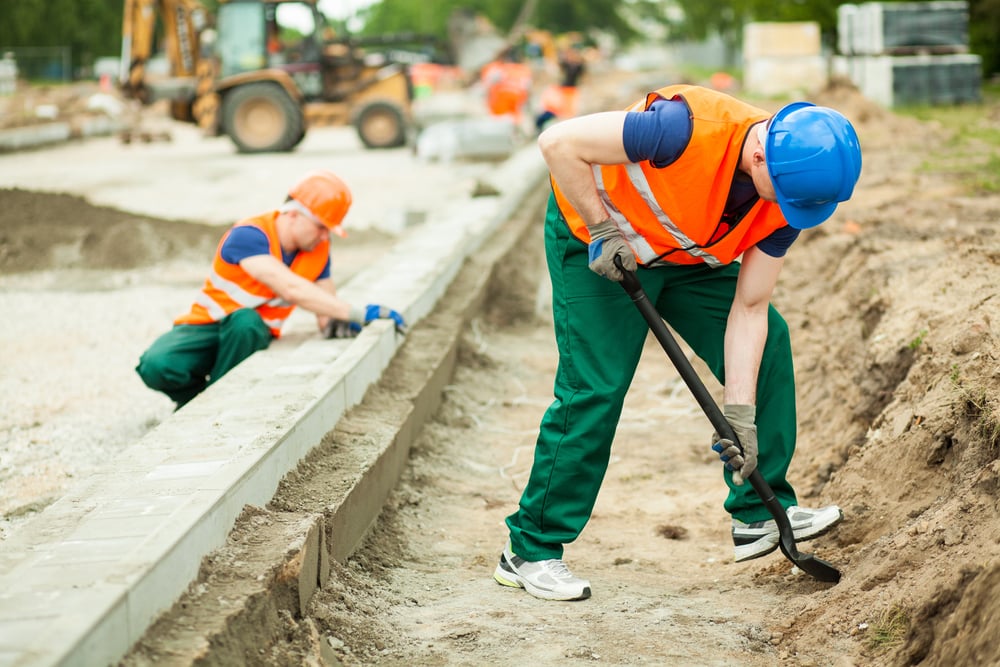Maintaining a Safe Work Environment; Delivering Exceptional Service
As a business owner, your top priorities are delivering high-quality products and services to your clients while also ensuring a safe work environment for your employees.
This balance can be particularly challenging in the manufacturing sector, where workplace hazards are more prevalent and safety standards sometimes take a secondary status.
“Despite advancements, workplace safety remains secondary in many firms, highlighting the need for a cultural shift and dedicated roles to prioritize it based on historical and research insights,” reported Occupational Health & Safety (OH&S) magazine in March. “This shift in approach requires a cultural change within organizations. Safety should not be viewed as an additional step but as an integral aspect of business operations.”
By implementing robust safety policies, practicing effective risk management, and partnering with a reputable staffing firm like PRT Staffing, you can achieve both goals successfully.
The Importance of Workplace Safety
Workplace safety is a critical concern for businesses across all industries.
According to the Bureau of Labor Statistics (BLS), there were 2.8 million nonfatal workplace injuries and illnesses reported by private industry employers in 2022, up 7.5 percent from 2021. The increase was driven by a rise in both injuries (up 4.5 percent to 2.3 million cases) and illnesses (up 26.1 percent to 460,700 cases).
There were also, according to the BLS, 5,586 fatal work injuries recorded in the United States in 2022, a 5.7 percent increase from 2021 – with a worker dying every 96 minutes from a work-related injury in 2022.
These incidents not only put your employees' well-being at risk but also lead to decreased productivity, increased turnover, and higher insurance costs.
By prioritizing workplace safety, you can protect your workforce, minimize disruptions, and maintain a positive reputation in your industry.
“The proactive integration of safety practices leads to a reduction in accidents and injuries, contributing to a safer and more productive workplace,” says OH&S magazine.
Unique Challenges in the Manufacturing Sector
The manufacturing sector faces unique challenges when it comes to workplace safety.
“Factory work is vital to our economy, providing countless products and employment opportunities,” explains Mossman Law Office. “It’s an environment where efficiency meets ingenuity, but it has risks. These settings are rife with challenges and dangers that employees must navigate daily, making safety a paramount concern.”
Some of the inherent risks include:
- Heavy machinery and equipment that can cause severe injuries if not operated properly.
- Exposure to hazardous materials, such as chemicals, fumes, and dust.
- Repetitive motion injuries from performing the same tasks over extended periods.
- Slip, trip, and fall hazards due to wet or cluttered work areas.
- Noise-induced hearing loss from loud machinery.
To mitigate these risks, manufacturing companies must implement comprehensive safety programs and provide ongoing training to their employees.
6 Tips for Ensuring Workplace Safety in Manufacturing
- Conduct thorough safety training for all employees, including temporary workers
In the manufacturing sector, it's crucial to provide comprehensive safety training to all employees, including temporary workers. This training should cover the proper use of machinery, handling of hazardous materials, and emergency response procedures. Regular refresher courses should be conducted to ensure that employees remain up to date with safety protocols. - Provide appropriate personal protective equipment (PPE) and enforce its use
Manufacturing workers are often exposed to various hazards, such as flying debris, chemical splashes, and excessive noise. Employers must provide appropriate PPE, such as safety glasses, hard hats, gloves, and earplugs, and strictly enforce their use. Regularly inspect and replace PPE to ensure its effectiveness. - Maintain clean, organized work areas to reduce slip, trip, and fall hazards
Cluttered and wet work areas are common causes of slips, trips, and falls in manufacturing facilities. Implement a regular cleaning and maintenance schedule to keep work areas tidy and free of debris. Use proper signage to alert workers of potential hazards, such as wet floors or uneven surfaces. - Establish clear protocols for operating machinery and handling hazardous materials
Develop and implement standard operating procedures (SOPs) for all machinery and equipment. These SOPs should outline the proper use, maintenance, and lockout/tagout procedures to prevent accidents. Similarly, establish protocols for handling, storing, and disposing of hazardous materials, and ensure that all employees are trained on these procedures. - Encourage open communication about safety concerns and promptly address any issues
Foster a culture of open communication where employees feel comfortable reporting safety concerns without fear of retaliation. Encourage workers to identify potential hazards and suggest improvements to safety protocols. Promptly investigate and address any reported issues to demonstrate your commitment to workplace safety. - Regularly review and update safety policies to ensure compliance with industry standards
Stay informed about the latest industry standards and regulations related to workplace safety in the manufacturing sector. Regularly review and update your safety policies to ensure compliance with these standards. Conduct safety audits to identify areas for improvement and implement necessary changes.
Best Practices for Workplace Safety
In addition to the tips mentioned above, there are several best practices that businesses should follow to promote workplace safety:
- Develop a strong safety culture that starts with leadership and permeates all levels of the organization.
- Conduct regular safety audits to identify and address potential hazards.
- Investigate all incidents and near-misses to determine root causes and implement corrective actions.
- Encourage employee participation in safety committees and reward safe behaviors.
- Partner with a staffing firm that prioritizes workplace safety and provides qualified, well-trained workers.
Partner with PRT Staffing for a Safe and Productive Workforce
At PRT Staffing, we understand the importance of maintaining a safe work environment while delivering exceptional service to your clients.
As an unmatched, comprehensive staffing solution, we have the experience and expertise to provide skilled workers who are well-versed in safety protocols and best practices.
Our focus on the manufacturing sector ensures that we can meet your specific staffing needs while prioritizing workplace safety.
Contact PRT Staffing today for a partnership that will provide you with confidence that your workforce is prepared to handle the unique challenges of the manufacturing industry while maintaining a strong commitment to safety.





